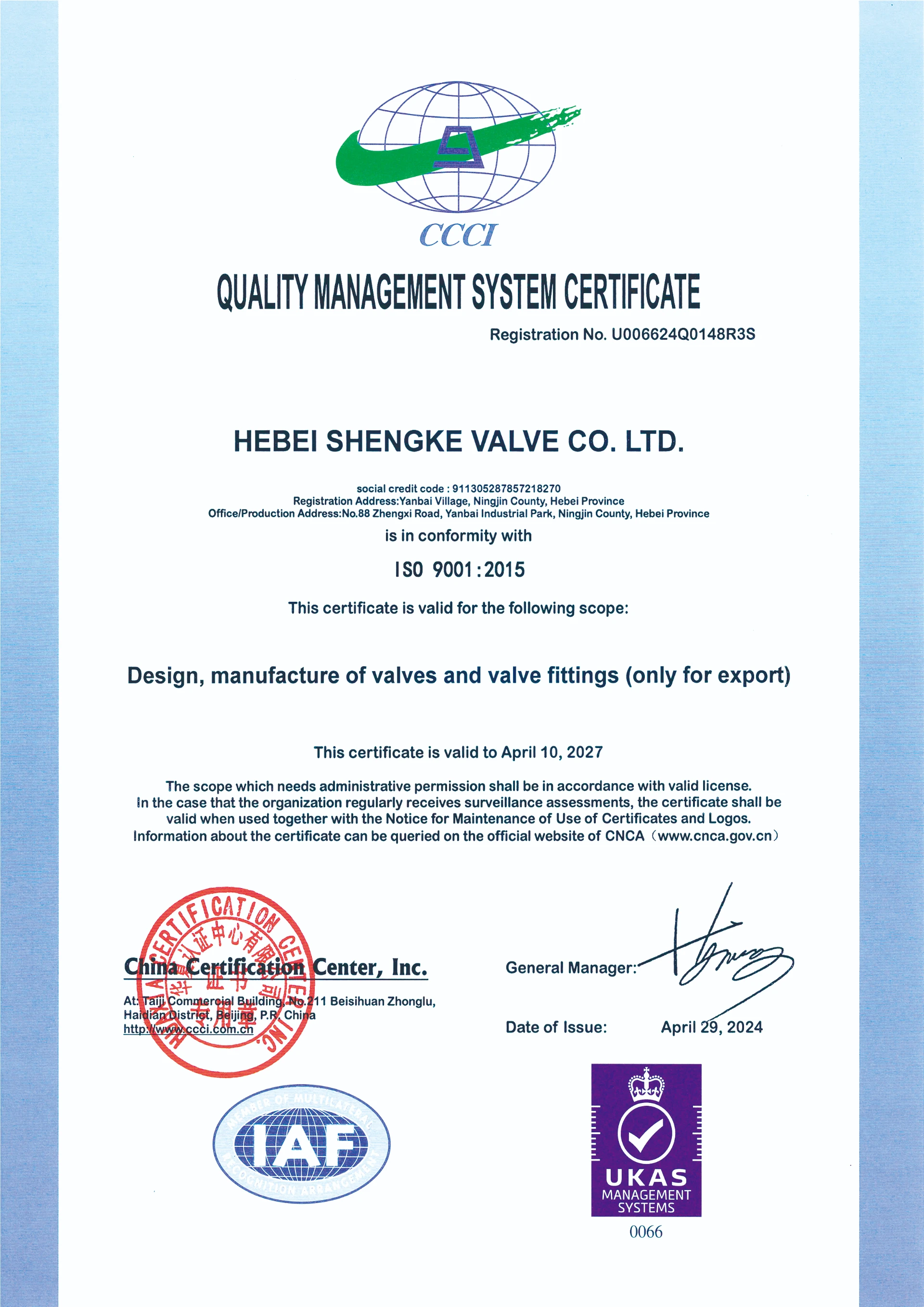Dec . 12, 2024 11:58 Back to list
single plate check valve
Single Plate Check Valve An Essential Component in Fluid Systems
In the realm of fluid mechanics and pipelining, check valves play a pivotal role in ensuring the efficiency and safety of fluid transport systems. Among the various types of check valves available, the single plate check valve stands out for its unique design and operational benefits. This article delves into the features, advantages, applications, and maintenance of single plate check valves.
Understanding Single Plate Check Valves
A single plate check valve, as the name suggests, consists of a single disc or plate that pivots on a hinge. This simple yet effective design allows the valve to open and close with minimal flow resistance. Unlike traditional swing check valves that employ a heavier disc mechanism, single plate check valves utilize a lightweight plate that responds quickly to changes in fluid flow. The valve opens when the fluid flows in the desired direction, and automatically closes when the flow reverses, preventing backflow and ensuring that fluids are directed appropriately through pipes.
Benefits of Single Plate Check Valves
1. Compact Design One of the main advantages of single plate check valves is their compactness. Due to their streamlined structure, they require less installation space compared to other types of check valves. This makes them particularly useful in systems where space is limited or where a lightweight solution is preferable.
2. Low Pressure Drop The hydraulic profile of single plate check valves is optimized to minimize pressure loss. This ensures that fluid can flow efficiently through the valve, which is particularly beneficial in systems where maintaining pressure is crucial.
3. Quick Response Time The lightweight plate design allows for rapid opening and closing, which is essential in systems where sudden changes in pressure or flow might occur. This responsiveness helps protect pipelines and other components from surge damage.
4. Durability Made from resilient materials, single plate check valves are designed to withstand harsh operating conditions. They exhibit high resistance to wear and corrosion, increasing their lifespan and reliability in demanding environments.
5. Ease of Maintenance The simple construction of single plate check valves generally makes them easier to maintain compared to more complex valve designs. Regular checks and cleaning can often be performed without the need for specialized tools or extensive disassembly.
Applications of Single Plate Check Valves
Single plate check valves find applications across a wide range of industries, including
single plate check valve

- Water and Wastewater Management They are commonly used in water distribution systems to prevent backflow, ensuring clean water delivery and protecting water treatment processes.
- Chemical Processing In chemical plants, single plate check valves help control the flow of reactive substances, preventing contamination and maintaining system integrity.
- Oil and Gas The upstream and downstream processes in the oil and gas sector rely on these valves to manage fluid transport and protect equipment from detrimental backflow situations.
- HVAC Systems In heating, ventilation, and air conditioning systems, these valves are crucial for maintaining proper flow direction in hydronic systems.
Maintenance Best Practices
To ensure optimal performance and longevity of single plate check valves, regular maintenance is essential. Here are a few best practices
1. Periodic Inspections Routine checks should be conducted to assess the condition of the valve, looking for signs of wear or damage that may compromise functionality.
2. Cleaning Debris accumulation can hinder valve operation. Regular cleaning of the valve and surrounding pipeline helps maintain smooth flow.
3. Lubrication If the valve features moving parts, appropriate lubrication should be applied to avoid friction and ensure easy operation.
4. Replacement of Worn Parts Any worn components, especially seals or gaskets, should be promptly replaced to prevent leaks and ensure the valve operates efficiently.
Conclusion
Single plate check valves represent a critical component in fluid management, providing solutions that enhance operational efficiency, ensure safety, and reduce maintenance burdens in various applications. Their compact design, low pressure drop, quick response, durability, and ease of maintenance make them a favored choice among engineers and system designers. By understanding and properly maintaining these valves, industries can effectively safeguard their systems against the challenges posed by fluid dynamics.
Share
-
Reliable Wafer Type Butterfly Valves for Every IndustryNewsJul.25,2025
-
Reliable Flow Control Begins with the Right Ball Check ValveNewsJul.25,2025
-
Precision Flow Control Starts with Quality ValvesNewsJul.25,2025
-
Industrial Flow Control ReliabilityNewsJul.25,2025
-
Engineered for Efficiency Gate Valves That Power Industrial PerformanceNewsJul.25,2025
-
Empowering Infrastructure Through Quality ManufacturingNewsJul.25,2025


